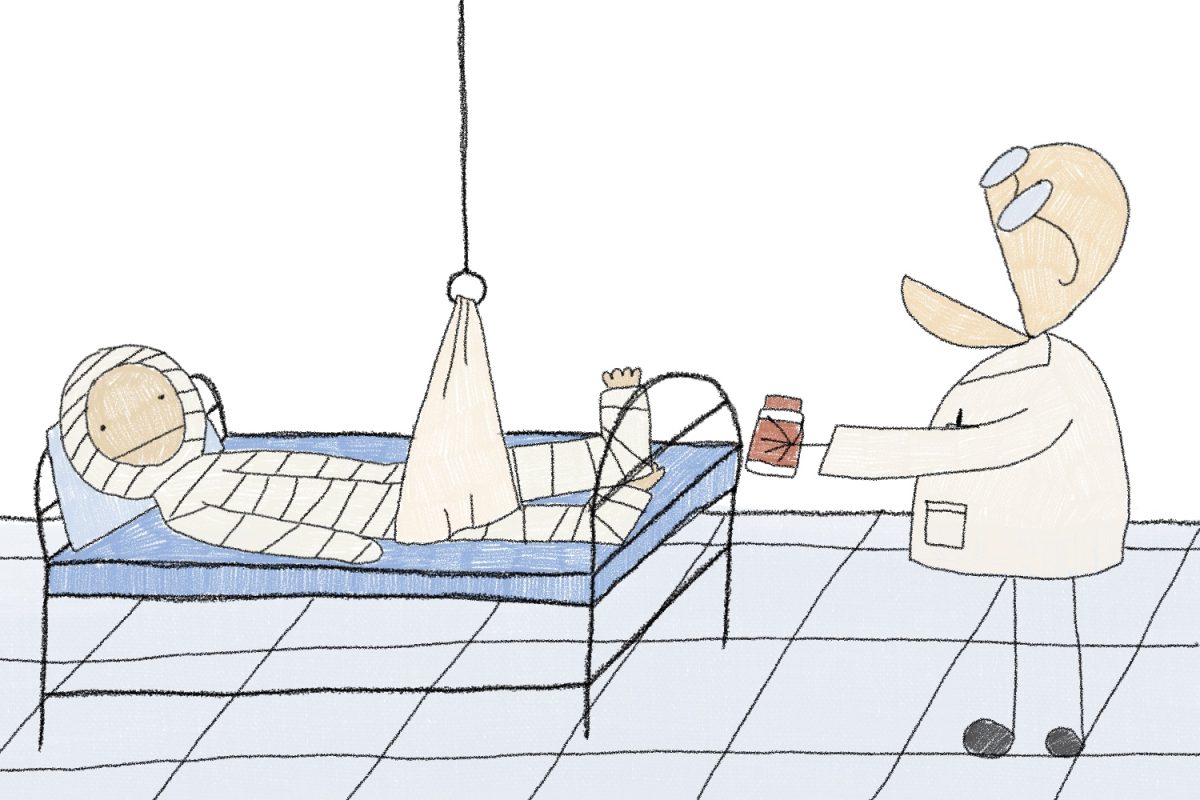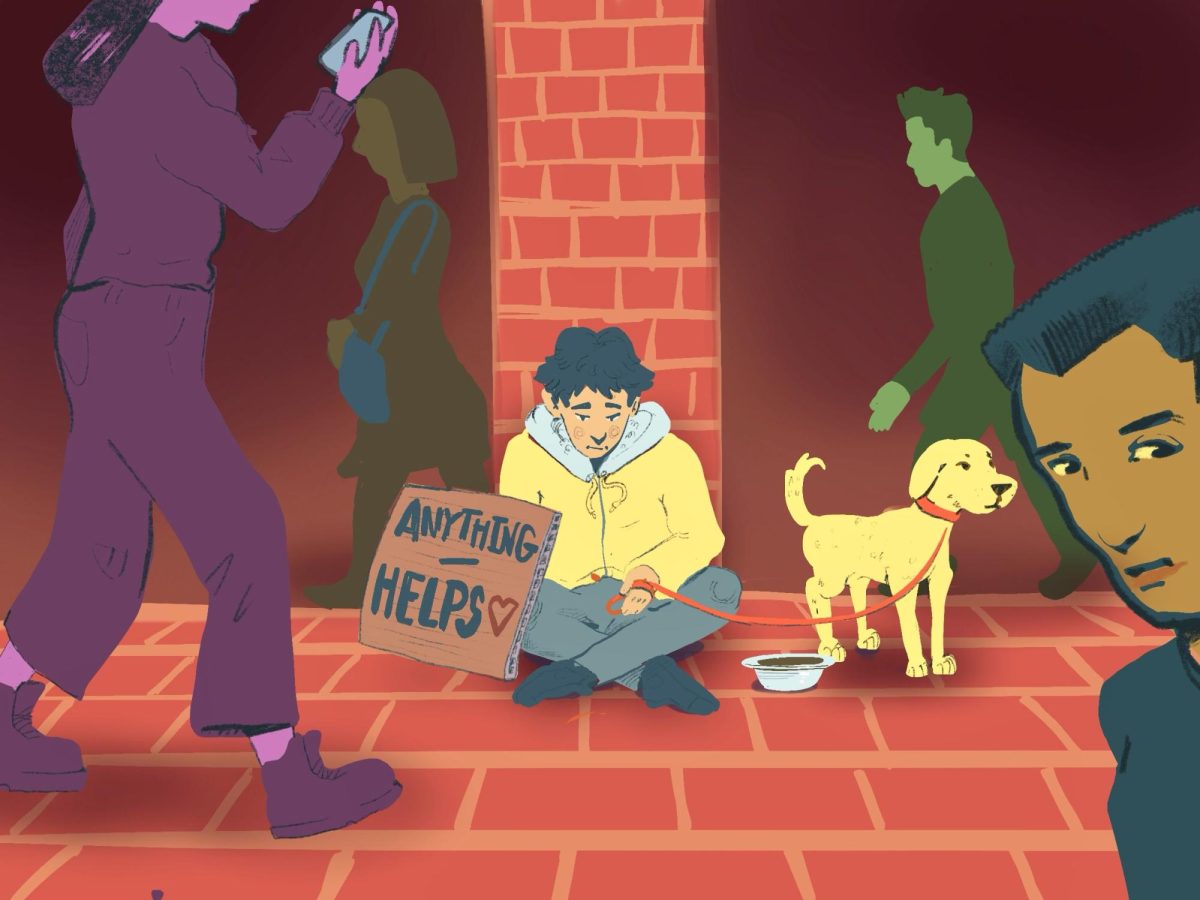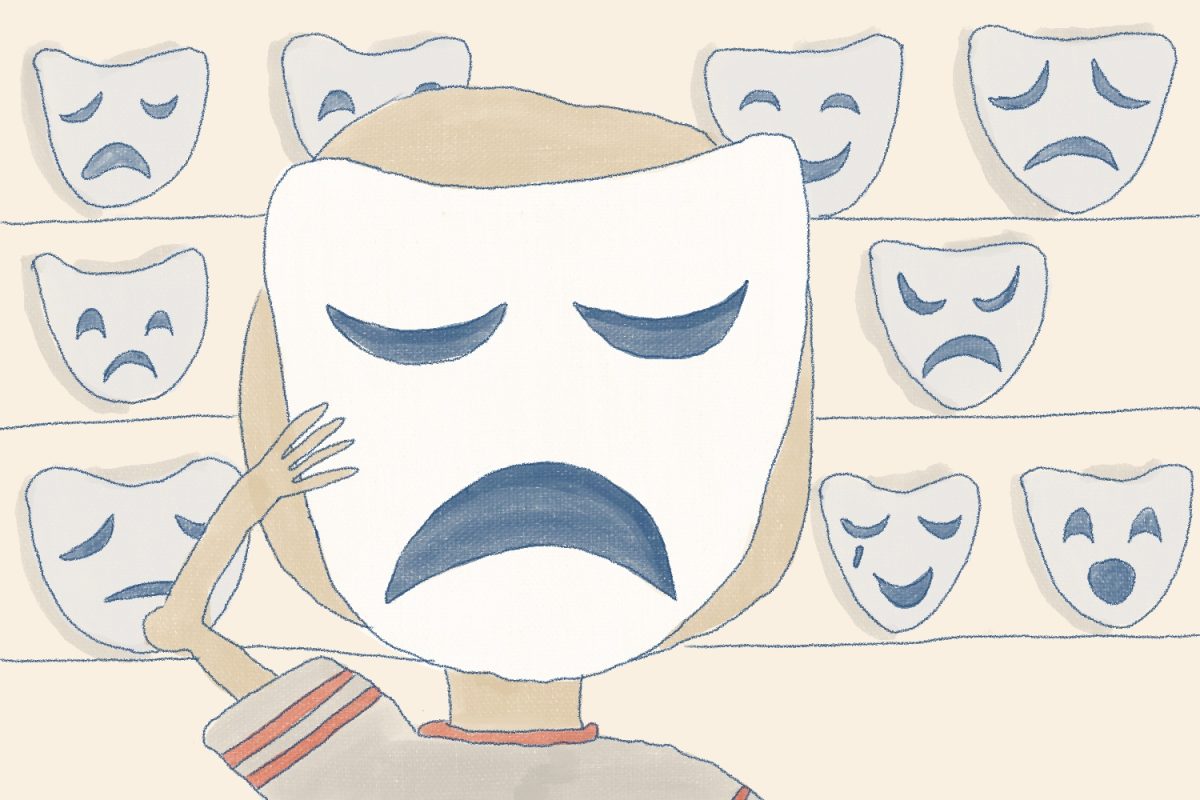Before cars, the streets were once a public place to gather and socialize, but now they’ve become a dangerous obstacle for pedestrians to maneuver their way around.
After growing up in New Jersey, jaywalking has been ingrained in my blood as a staple of our busy culture. As I’m becoming exposed to new cultures and diverse backgrounds at UVM, though, I’m realizing many people do not share the same experience.
Jaywalking is when a pedestrian crosses the street either where there is no crosswalk, or when the crossing light is red, according to a Nov. 4, 2015 article by Vox.
While I am an avid supporter of jaywalking, I’m continually reminded that it’s also a skill that many people need to practice.
Participation in jaywalking varies from place to place, especially from urban to rural environments.
French pedestrians chose to jaywalk 41% of the time, but for Japanese pedestrians, that number drops to 2%, according to a Feb. 1, 2017 study from the Royal Society. In addition to cultural influence, the laws surrounding pedestrian traffic also differ greatly even within our own nation.
Some states, including Massachusetts where many UVM students are from, don’t have any laws about jaywalking, while others vary in their fines and enforcement, according to a Feb. 8 article from KIRO 7 News.
Earlier this year, the state of California reversed their most influential law about crossing the road, allowing pedestrians to cross whenever or wherever, as long as they are being “reasonably careful,” according to the California Legislature.
“Reasonable care” is not often a trait associated with college students. As we try to find our place in the world, we’ll make plenty of mistakes and experience failure, but we can try not to make these mistakes on the road.
Pedestrians are required to yield to cars driving on the road if they choose not to cross on a crosswalk, according to Vermont law.
The key to this law lies in the right of way of cars. If you’re choosing to cross the street without a light, the responsibility is first on you to avoid getting hit, even if legally the driver will also partially share the blame, according to Nolo Legal Encyclopedia.
First-year Linnie Saldeen, has experience jaywalking in her hometown of Chicago, but has had to adjust to the different environment here in Burlington.
“Even though Chicago is a busier city, cars are used to jaywalkers and are looking out for them; here they just aren’t,” Saldeen said.
The shift in culture here can be dangerous both ways: there’s no good way for drivers and pedestrians to communicate, but confidence in crossing often helps, whether you’re more comfortable on the crosswalk or off it.
Sophomore Abigail Leffler, ran into her own problems with crosswalks on a trip to the University Mall when she noticed the traffic light was red for cars in the direction she wanted to walk, but the signal for walking across didn’t appear.
“The light just wasn’t changing even though I hit the button,” she said.
Choosing to walk anyway, Abigail almost got hit by a vehicle, after the light turned green in the middle of her crossing and an unobservant car drove ahead anyway.
“In downtown it’s not as much of an issue, but in some parts of Burlington there’s no crosswalks and the jaywalking is worse,” said first-year Katrin Lelyushkina, a student from San Francisco.
While pedestrians and drivers do hold responsibility to be careful, the city should be helping make their roadways more manageable and safe.
Burlington was given an average walkability score of 59% by Walkscore.com, an online real-estate tool. However, the range was notable, as the Old North End neighborhood, or the downtown area, received a score of 84% compared to Centennial, the neighborhood UVM is located in, which received only a 45%.
Places like Church Street, where pedestrians have full reign, are great examples of what our streets were like before the automobile industry grew so large. Not every street can be like this anymore, but there are still other ways for Burlington to improve its roads city-wide and become more walker-friendly.
Aids to jaywalkers include islands in the middle of intersections, flashing beacons and leading pedestrian intervals—a delay in green lights after the other lights have turned red—according to the Vermont Agency of Transportation.
The city of Burlington employs these safety features because they want to encourage walking, so don’t be afraid to use them. There are always options beyond the crosswalk—just remember to be careful.













